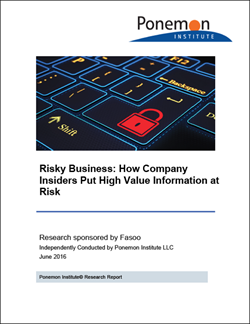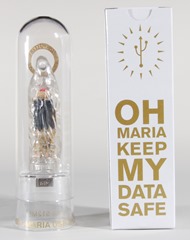
- As more operations move to the cloud, employees, contractors, and partners access sensitive data through a browser or remote desktop. Frequently users run reports to localize the data for further analysis. Protecting this sensitive data when viewed on your computer or mobile screen is critical to protect the data from unauthorized use and ensure you aren’t subject to litigation and fines for violating privacy legislation. Here are four use cases for using Screen Security...
- As more operations move to the cloud, employees, contractors, and partners access sensitive data through a browser or remote desktop. Frequently users run reports...










